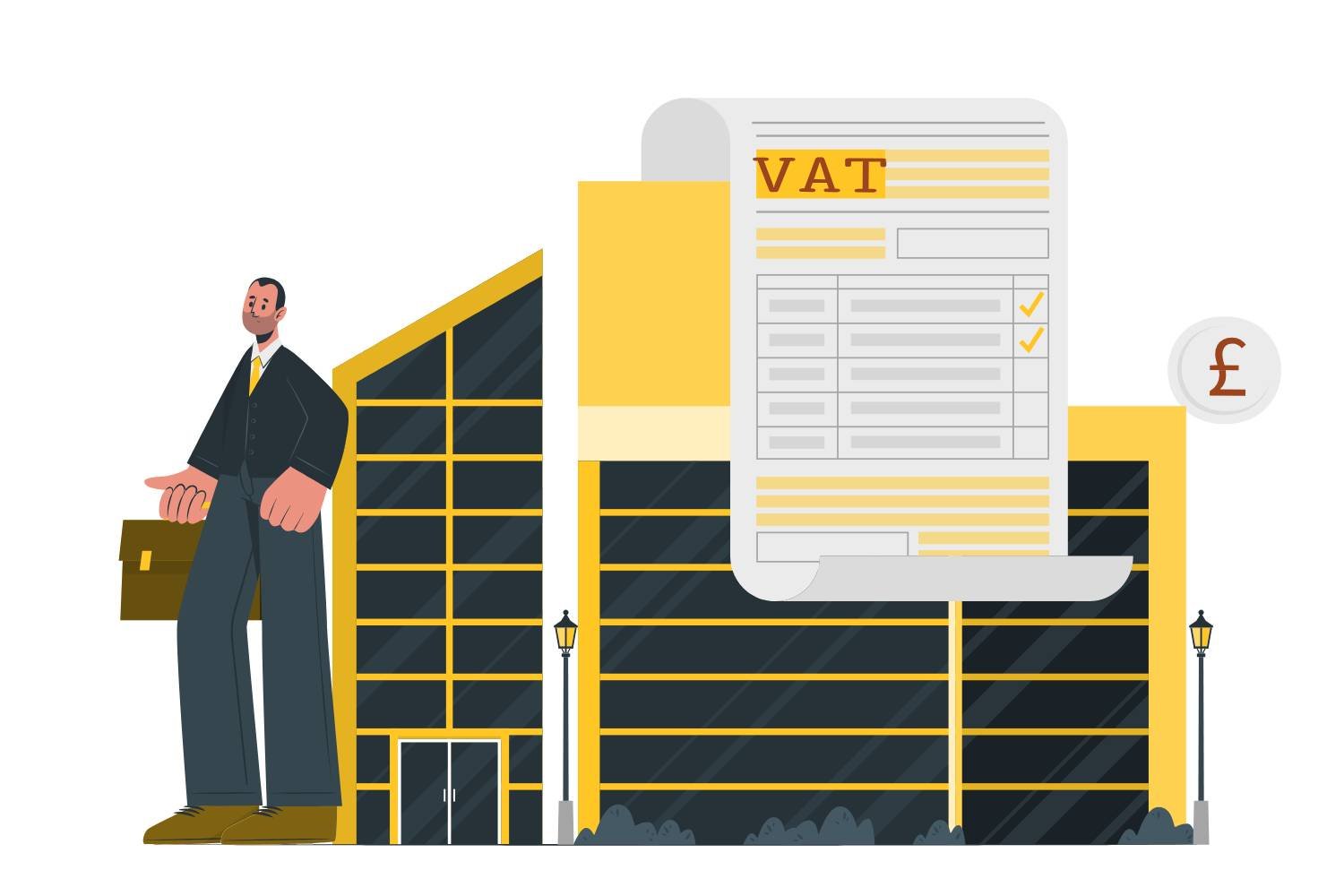The legal saga between Bolt Services UK Limited (referred to as ‘Bolt’) and The Commissioners for His Majesty’s Revenue and Customs (HMRC) has brought to the forefront crucial questions regarding the Value Added Tax (VAT) treatment of mobile ride-hailing services.
This article dives into the complexities of the case, exploring the legislative framework, the application of the Tour Operators Margin Scheme (TOMS), and the legal arguments that shaped the tribunal’s decision.
The tribunal decided in favour of Bolt Ltd. This might force HMRC to repay £500m to Uber in the same issue in a separate case.
Background
The dispute initiated when Bolt sought a ruling from HMRC on the application of TOMS to its ride-hailing services. HMRC, in response, asserted that TOMS did not apply to Bolt’s services. Unconvinced, Bolt took the matter to the First-tier Tribunal (FTT), challenging HMRC’s decision.

Scope of the Appeal
The focal point of the dispute revolves around the applicability of TOMS to Bolt’s ride-hailing services. The appeal hinges on section 83(1)(b) of the Value Added Tax Act 1994 (VATA), addressing the VAT chargeable on the supply of goods or services.
Specifically, the disagreement centres on whether VAT should be calculated based on the total customer payment or on the margin – the difference between the customer’s payment and Bolt’s cost for the services provided.
Legislative Framework
The legislative backbone of the case is the Tour Operators Margin Scheme (TOMS), grounded in sections 67 to 74 of the UK Value Added Tax Act (VATA) and the Value Added Tax (Tour Operators) Order 1987.
The scheme, initially derived from the EU’s Sixth VAT Directive, aims to provide a specialised VAT framework for travel agents. The FTT, in its analysis, considered the alignment of UK legislation with EU directives and applied TOMS to the specifics of Bolt’s ride-hailing services.
VAT Regulations for Travel Agents: Articles 306 to 310 PVD

Understanding the VAT regulations for travel agents, as outlined in Articles 306 to 310 of the Principal VAT Directive (PVD), is fundamental to dissecting the legal complexities of the case.
These articles (Articles 306 to 310 of PVD) describe the special Value Added Tax (VAT) scheme for travel agents and lay the foundation for interpreting TOMS in the context of Bolt’s services.
Interpretation of TOMS Order
The application of Tour Operators Margin Scheme (TOMS) to Bolt’s ride-hailing services hinges on two critical issues:
- Whether such services are commonly provided by traditional tour operators or travel agents.
- Whether Bolt’s use of resources constitutes material alteration or in-house supplies.
Commonality of Services
The tribunal’s judgment emphasises a high-level analysis, drawing parallels between mobile ride-hailing services and traditional passenger transport services offered by tour operators.
While acknowledging distinctions, the ruling concludes that the provision of point-to-point transport is a service commonly associated with tour operators, supporting Bolt’s position.
Delve into our comprehensive breakdown of “VAT Calculation under the Tour Operators’ Margin Scheme“. Read now to navigate the complexities and optimise your VAT strategy.
Material Alteration or In-House Supplies
The debate around in-house supplies or material alteration focuses on whether Bolt’s utilisation of resources significantly changes the services acquired from drivers.

The tribunal rejects this argument, asserting that services, though indirectly benefiting Bolt, primarily serve the travellers and are not in-house or materially altered.
Final Decision
In a significant decision, the tribunal allows Bolt’s appeal, asserting that mobile ride-hailing services fall within the scope of TOMS.
The judgment underscores the general association between passenger transport services and the activities of tour operators, highlighting the importance of a high-level perspective in such assessments.
Explore our TOMS VAT Services!
Significance and Implications
This case sets a precedent for the VAT treatment of modern, technology-driven travel services within the framework of traditional legislation.
The decision emphasises the need for a dynamic interpretation of VAT regulations to accommodate evolving business models in the travel sector.
Looking Ahead
As technology continues to reshape the landscape of travel services, legal frameworks must adapt. The Bolt vs HMRC case serves as a notable chapter in this ongoing narrative, prompting discussions on the intersection of technology, taxation, and traditional legal frameworks.
Final Thoughts
The legal journey of Bolt vs HMRC underscores the challenges of applying established VAT schemes to innovative business models.
It also highlights the importance of a nuanced and adaptable legal approach to ensure fairness and consistency in taxation across diverse sectors, particularly in the dynamic realm of modern transportation services.
Bolt Prevails: HMRC’s Tax Case Verdict and the Road Ahead
In the aftermath of this legal battle, the online mobile ride-hailing service provider, Bolt, has emerged victorious against HMRC.
The verdict, announced on December 15, 2023, has clarified Bolt’s standing in a significant tax case. While the company celebrates this win, it’s worth noting that HMRC has the option to contest the decision.
The HMRC must file any appeal no later than 56 days after the release of the decision, setting the deadline for challenging the outcome to February 9, 2024.
As the legal proceedings continue, the business world awaits the next steps in this consequential financial dispute.